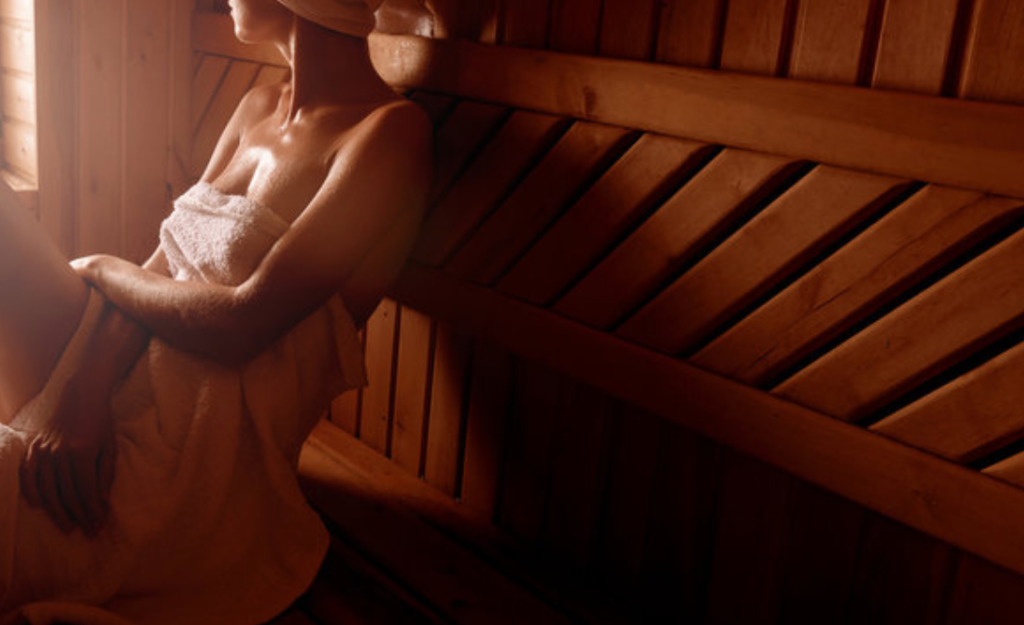
“As the year comes to a close, I’ve had the pleasure of enjoying various saunas! For the final post of the year, I want to delve into the scientific exploration of saunas using a particular sauna book published in Japan as our guide!”
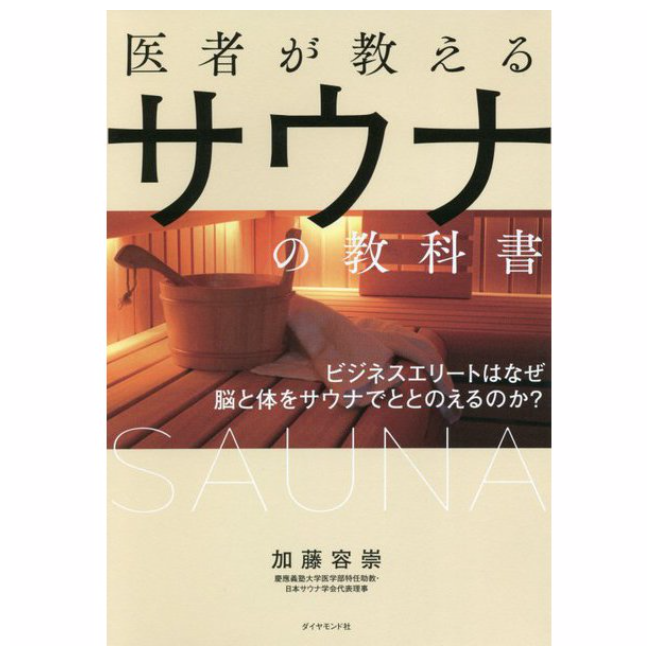
“The book we’re featuring this time is ‘The Sauna Textbook: Insights from a Doctor.’ The author, Yasutaka Kato, is a medical professional. This excellent book provides scientific explanations about saunas based on various pieces of evidence. Unfortunately, it’s only available in Japanese. So, this time, I’ll be summarizing a portion of this book to share the insights!”
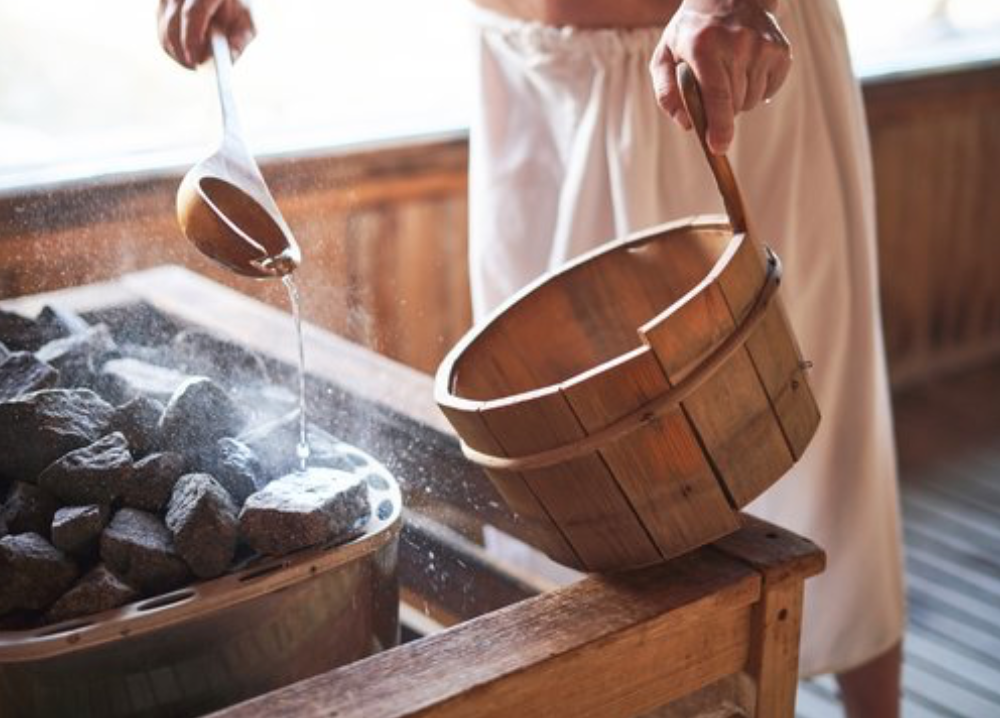
The contents covered in this book are specifically outlined as follows.
①Why does performance improve at work through sauna sessions?
②The scientifically correct way to achieve the most powerful sauna effects.
③The current scientific understanding of saunas.
④Sauna techniques tailored to specific purposes.
⑤Incorporating sauna into daily life.
⑥Q&A with a sauna doctor.
Wow, each topic is indeed fascinating for sauna enthusiasts! For this round, let’s dive into Chapter 3, “The Current Scientific Understanding of Saunas.” Specifically, we’ll explore how the body undergoes changes in the routine of sauna, cold plunge, and fresh air exposure, leading to the ultimate state of relaxation known as “Totonou.” I’ve previously explained “Totonou” in this blog!
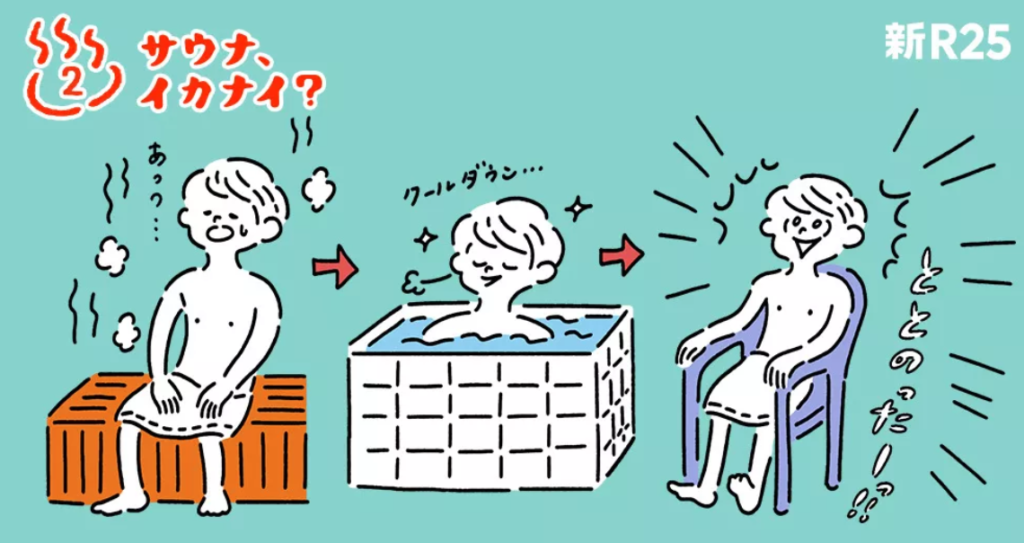
Let’s review the basic routine first. The Japanese-style sauna typically involves three sets of sauna, cold plunge, and fresh air exposure. The most comfortable preference varies individually, so it’s not one-size-fits-all, but this is the general approach to sauna. Now, let’s delve into how our bodies undergo changes within this routine!
⬜︎Blood circulation
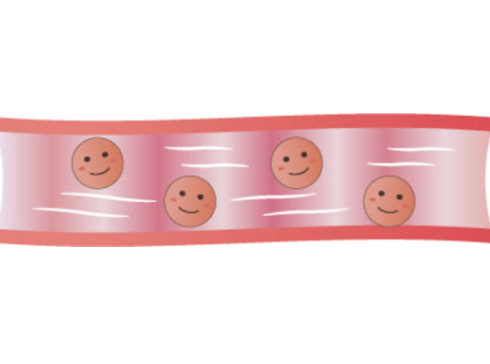
When it comes to blood circulation, let’s break it down between the core and the skin surface. Entering the sauna, blood flow to the core decreases, but on the skin surface, vessels expand to release heat, increasing blood flow. However, plunging into the cold bath causes skin surface vessels to contract, trapping heat and reducing blood flow. As a result, blood gathers in the core, increasing central blood flow. Finally, during fresh air exposure, everything returns to normal.
⬜︎Heart rate and blood pressure
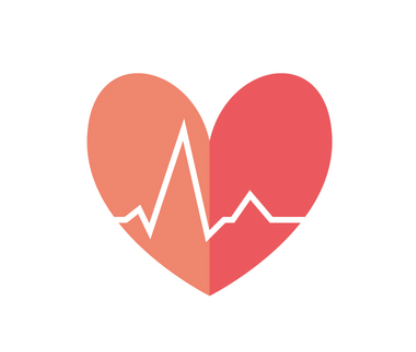
Moving on to heart rate. When entering the sauna, the heart rate increases. This is because, due to the heat, the body needs to circulate a larger volume of blood to facilitate heat dissipation. Also, while in the sauna, blood flow is concentrated on the skin surface, reducing the amount of blood returning to the heart in the core. As a result, the heart pumps out blood more frequently rather than in one big surge, causing an increase in heart rate. This consistent pumping of a smaller volume leads to a slight decrease in blood pressure.
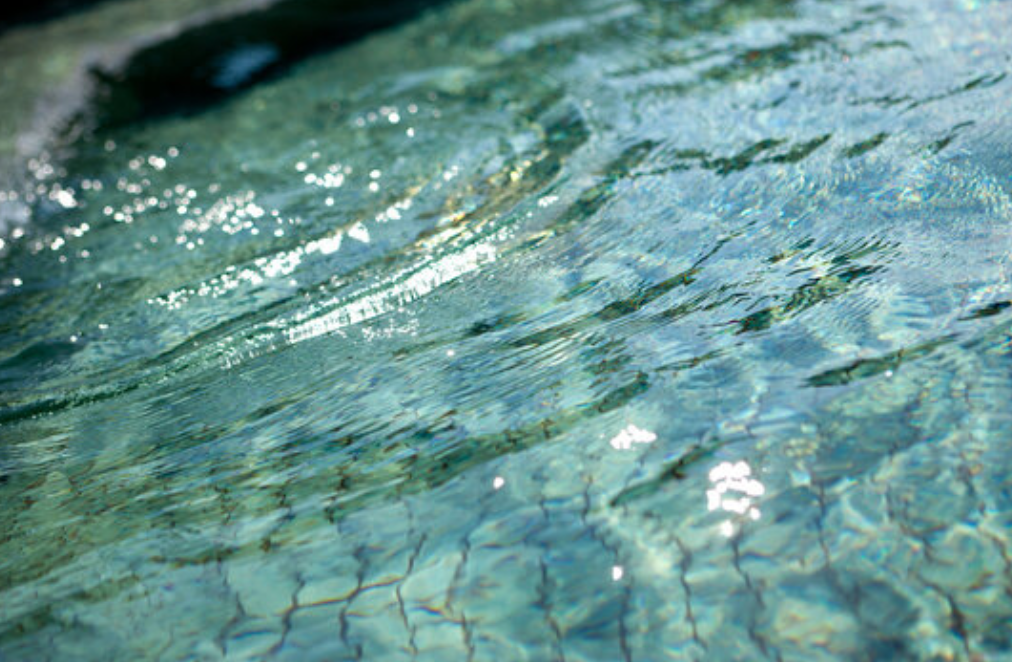
However, entering the cold plunge causes a decrease in heart rate. In the cold bath, blood gathers in the core, and a significant amount of blood returns to the heart, allowing for a substantial amount to be pumped out in one go. You might feel your heart pounding in the cold plunge because each beat is larger, pushing out a greater volume of blood per cycle. The sudden release of blood in the cold plunge leads to a pressure surge in the blood vessels, resulting in a rapid increase in blood pressure (something individuals with hypertension should be cautious about). Like blood flow, both heart rate and blood pressure return to normal during fresh air exposure. The sauna routine intricately influences these changes in blood pressure.
⬜︎The autonomic nervous system
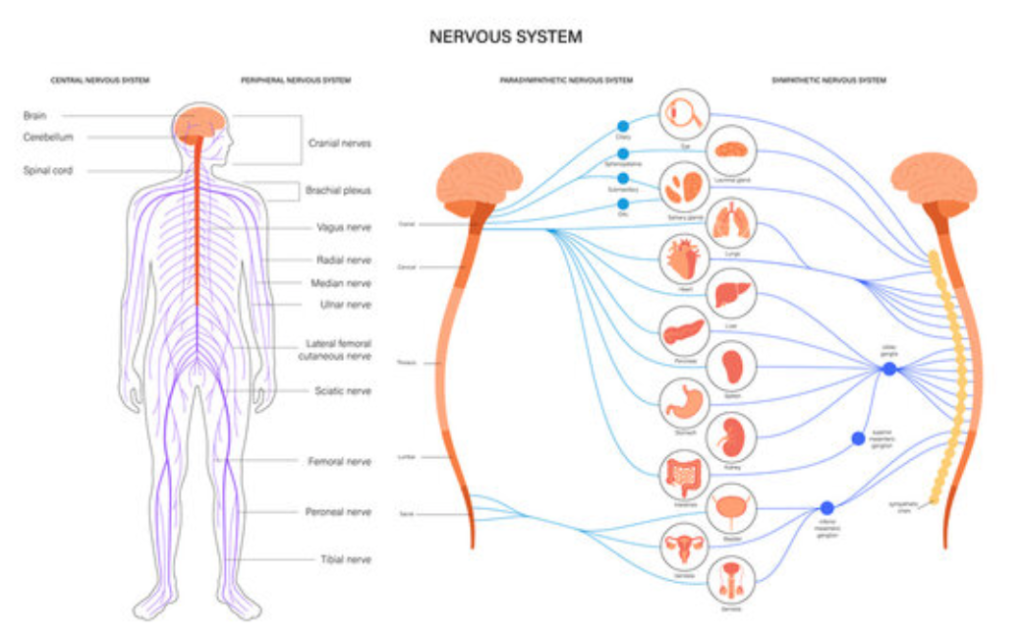
Next, let’s talk about the autonomic nervous system, which is divided into the sympathetic and parasympathetic nervous systems. (It might sound a bit complex, but it’s quite simple, so please keep reading until the end!) First, let me briefly explain the sympathetic and parasympathetic nervous systems.
- Sympathetic Nervous System: The autonomic system that predominates during the “excitement mode,” influencing the body and mind.
- Parasympathetic Nervous System: The autonomic system that takes the lead during the “rest mode,” contributing to a state of relaxation for both body and mind.
The sympathetic nervous system, which activates in situations that threaten life, is stimulated when entering the sauna, remains active during the cold plunge, and decreases during fresh air exposure. On the other hand, the parasympathetic nervous system, activated during relaxation, slightly increases when entering the sauna—this brief activation is crucial. By inducing a temporary rise in the parasympathetic system, the body primes itself to release endorphins when the sympathetic system becomes dominant later. Endorphins, known as the brain’s natural opioids, provide pain relief and a sense of well-being, enhancing the overall enjoyment of the sauna. After a while, when the sensation shifts from “warm” to “hot,” the parasympathetic activity decreases, followed by a decrease in the cold plunge (as the sympathetic system becomes dominant), and a rapid increase during fresh air exposure.
⬜︎Hormones and the Mechanism of “Totonou.”
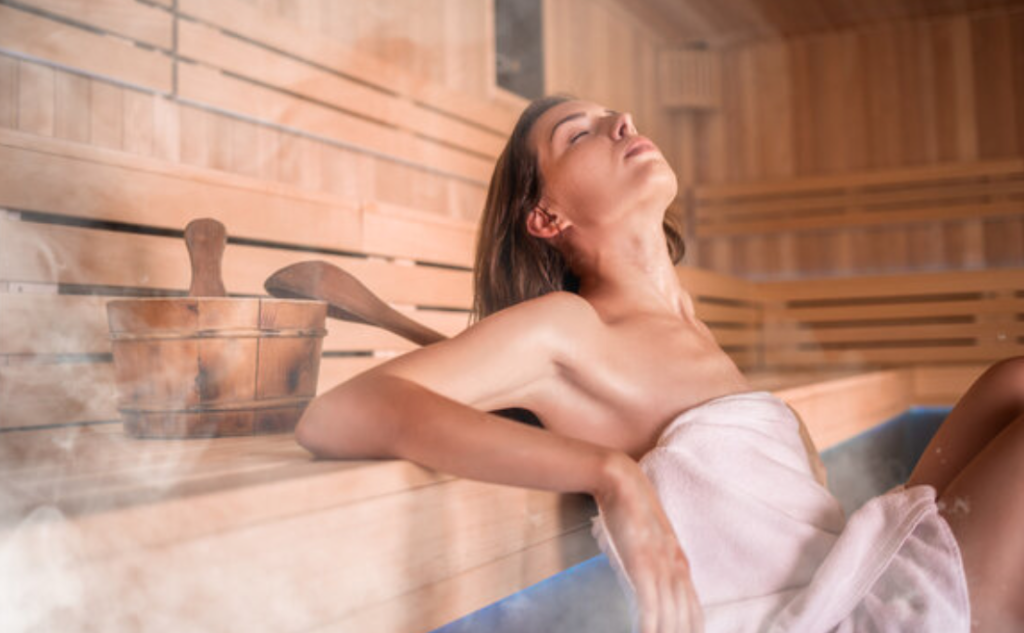
Entering the sauna and cold plunge triggers the release of adrenaline and noradrenaline, hormones associated with the dominance of the sympathetic nervous system. Adrenaline reduces sensitivity to fatigue and pain, enabling increased strength. Noradrenaline influences motivation, activity, cognitive function, and concentration. Both hormones are secreted when the sympathetic system is dominant, and conversely, fresh air exposure, which decreases sympathetic activity, halts their secretion. However, what’s crucial here is that although the secretion stops, these hormones linger in the body for a while. Specifically, even after 2 minutes, half of them remain in the bloodstream. This leads to a peculiar sensation during fresh air exposure – despite the surge in the parasympathetic system, adrenaline and noradrenaline coexist in the body.
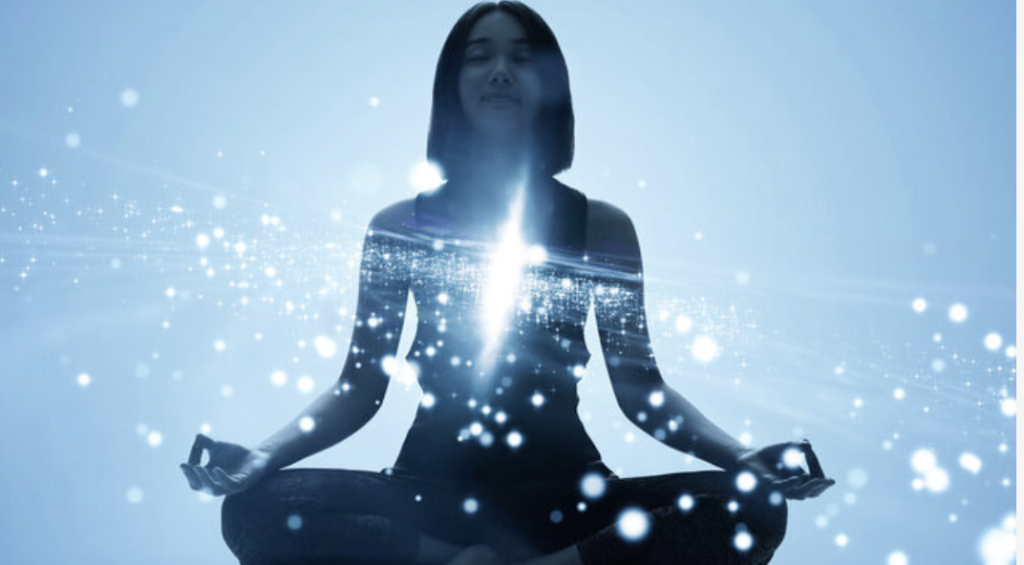
The coexistence of adrenaline and noradrenaline, typically secreted during sympathetic dominance, with the parasympathetic system, contributes to the paradoxical state of “Totonou” or hyper-relaxation, as I’ve mentioned in a previous blog. This phenomenon is why you might experience the sensation of being relaxed yet mentally sharp – a distinctive aspect of the “Totonou” state.
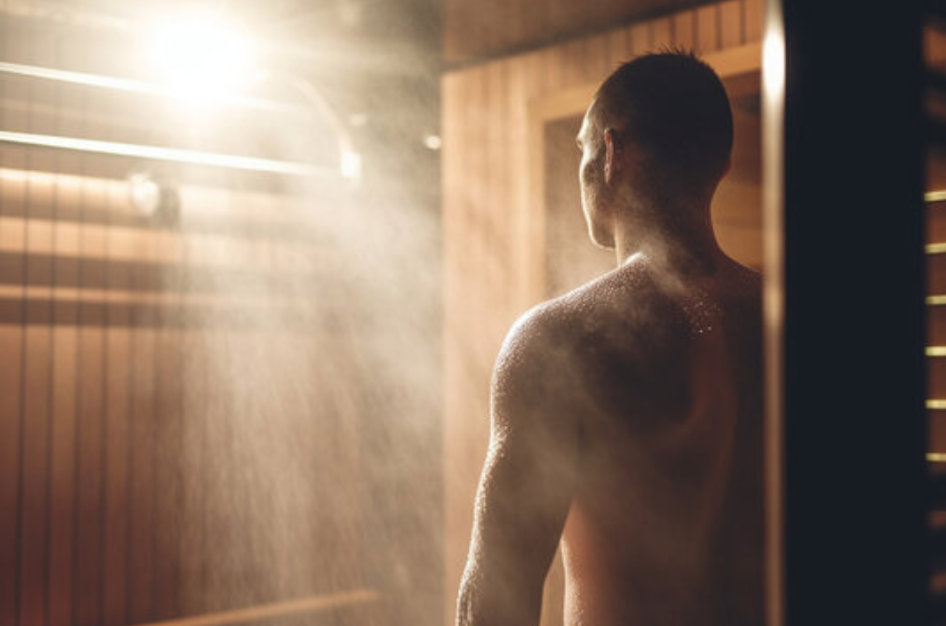
How was that? I’d be delighted if I managed to spark your interest in the key concept of “Totonou,” which is crucial in the Japanese-style sauna. The book covers fascinating topics like the relationship between sauna and brain fatigue, the differences between baths and saunas, and considerations for individuals with high blood pressure. If there’s an opportunity, I’d love to delve into more topics like these in future blogs. Feel free to drop a comment if you have any requests!
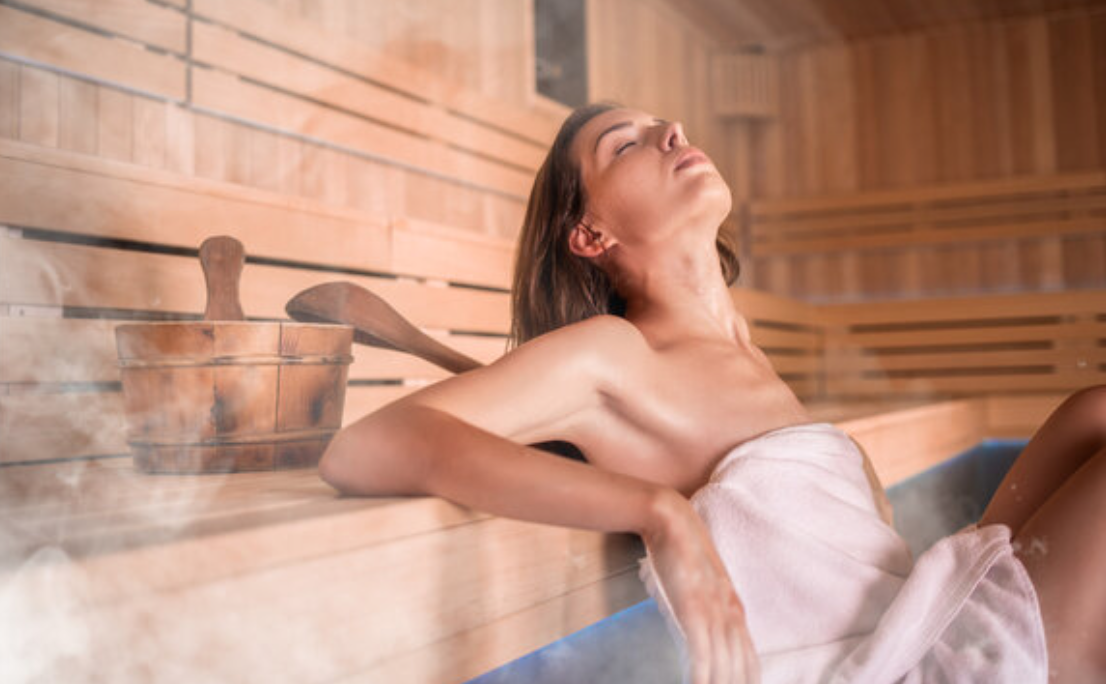
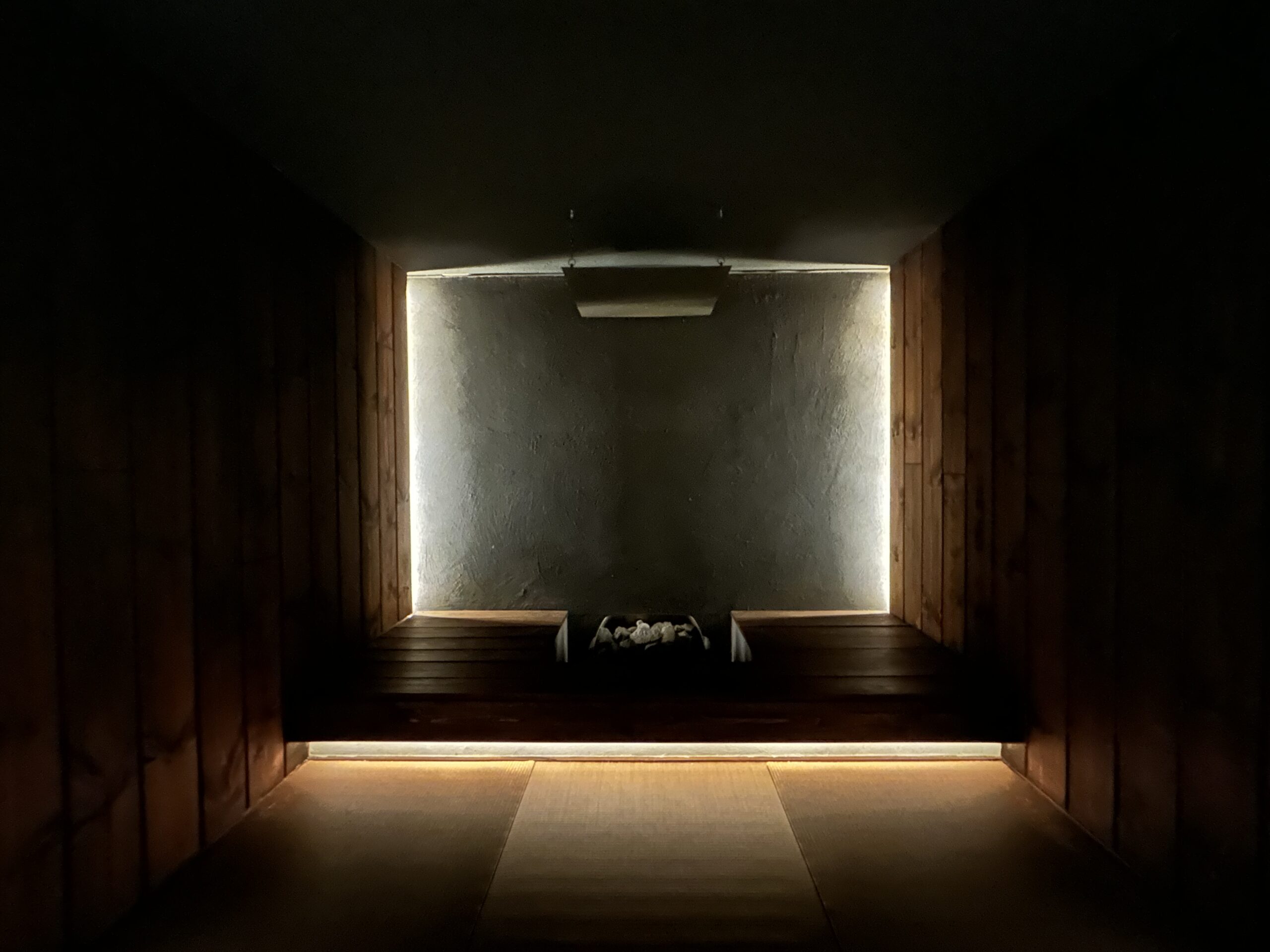
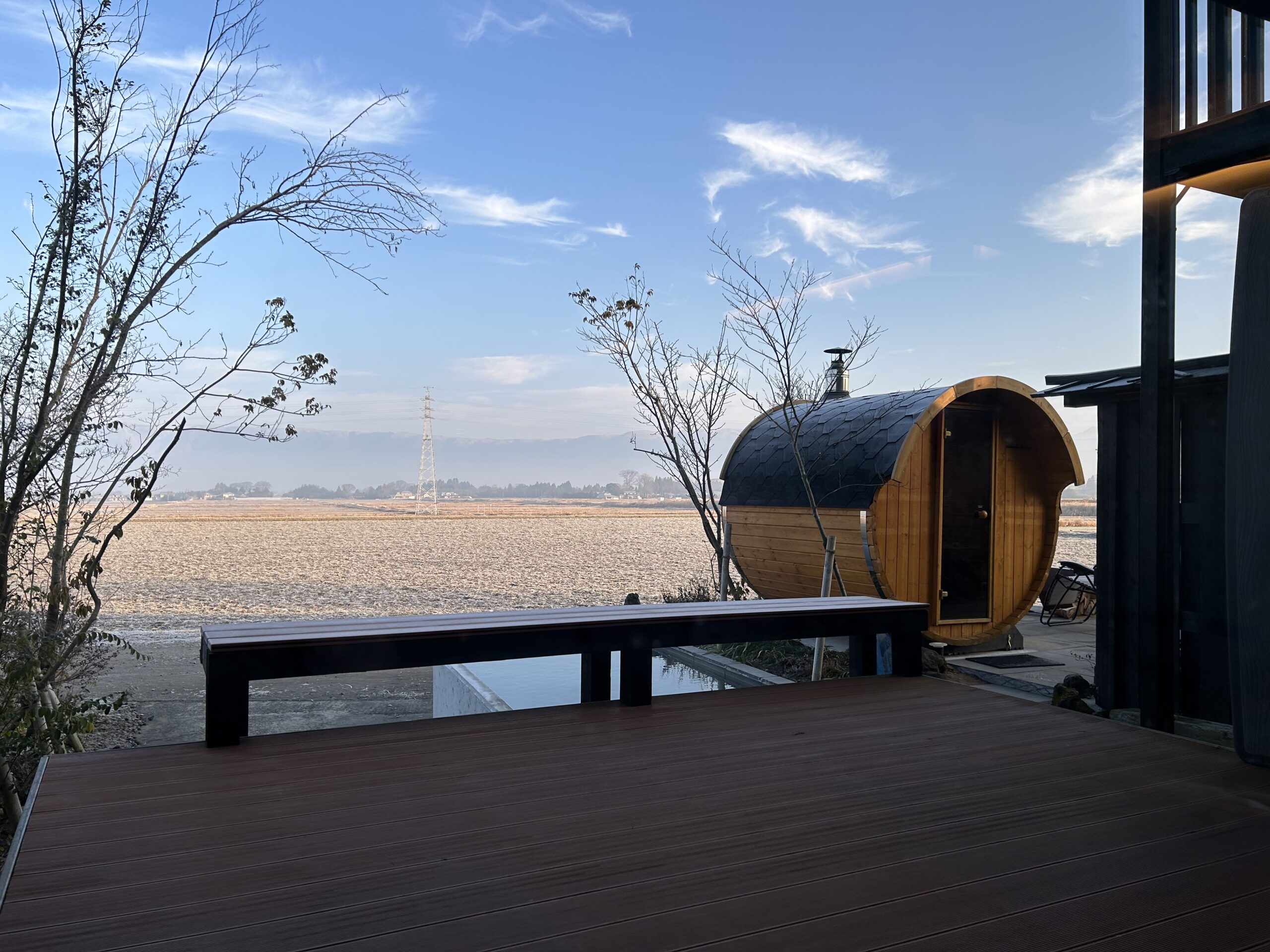
コメント